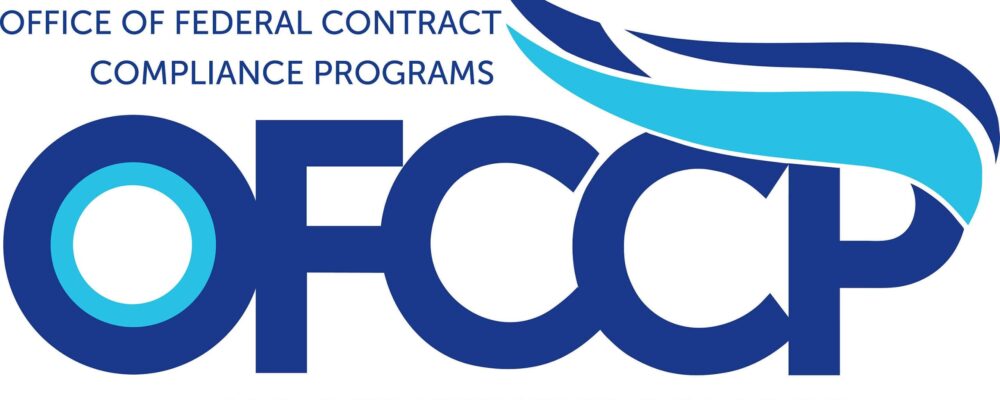The first article in this series provided a general overview of the OSH Act and OSHA; the second article examined OSHA’s rulemaking process; the third article reviewed an employer’s duty to comply with standards; and the fourth article discussed the general duty clause. This article addresses OSHA’s recordkeeping requirements.
Quick Hits
- The OSH Act’s recordkeeping provisions require employers to “make, keep and preserve, and make available” any records OSHA may need for enforcement and for gathering data regarding the causes and prevention of occupational accidents and illnesses.
- OSHA regulations require most employers to record certain work-related injuries and illnesses.
- All employers are required to notify OSHA of a fatality “[w]ithin eight (8) hours after the death of any employee as a result of a work-related incident.” The “in-patient hospitalization of one or more employees or an employee’s amputation or an employee’s loss of an eye, as a result of a work-related incident,” must be reported to OSHA within twenty-four hours.
OSHA’s recordkeeping requirements, reduced to the regulations found in 29 C.F.R. 1904, stem from the requirements set forth in the OSH Act. These requirements fulfill the charter set by the U.S. Congress that OSHA conduct “research in the field of occupational safety and health, including the psychological factors involved”; provide for the “development and promulgation of occupational safety and health standards”; and establish “appropriate reporting procedures with respect to occupational safety and health.”
Section 8 of the OSH Act includes several recordkeeping provisions. Section 8(c)(1) requires each employer to “make, keep and preserve, and make available” any records OSHA “may prescribe by regulation as necessary or appropriate for the enforcement of this Act or for developing information regarding the causes and prevention of occupational accidents and illnesses.” Section 8(c)(2) states OSHA “shall prescribe regulations requiring employers to maintain accurate records of, and to make periodic reports on, work-related deaths, injuries and illnesses other than minor injuries requiring only first aid treatment and which do not involve medical treatment, loss of consciousness, restriction of work or motion, or transfer to another job.” Section 8(c)(3) states OSHA “shall issue regulations requiring employers to maintain accurate records of employee exposures to potentially toxic materials or harmful physical agents which are required to be monitored or measured.”
The Recording and Reporting Occupational Injuries and Illnesses regulation is actually a series of regulations found at 29 C.F.R. 1904. The regulations require most employers to record certain work-related injuries and illnesses on the OSHA Form 300. Some employers, in certain North American Industry Classification System (NAICS) codes with extremely low injury and illness rates, are not obligated to maintain OSHA records and, therefore, are exempted from documenting injuries and illnesses on the OSHA Form 300.
Those regulations also require employers to prepare an annual summary of injuries and illnesses, on the OSHA Form 300A, which has to be posted each February 1 through April 30, and which many employers have to submit electronically to OSHA. If an employer is required to submit those records electronically (which varies according to size and NAICS code), the submission must be completed on or before March 2. Additionally, the recordkeeping regulation requires employers to document each individual injury or illness on an OSHA Form 301 or an equivalent form (a First Report of Injury prepared for workers’ compensation purposes often contains identical information). Under a recent change to the Recording and Reporting Occupational Injuries and Illnesses regulation, employers over a certain size and in certain industries must electronically submit those forms electronically to OSHA, again, no later than March 2. Again, however, employers in certain low-injury and illness NAICS codes are exempted from these activities unless specifically requested by OSHA or the Bureau of Labor Statistics (BLS).
In addition to completing, posting, and/or submitting the OSHA forms, employers must report a fatality within eight hours and the in-patient hospitalization of one or more employees; an amputation; or loss of an eye within twenty-four hours. Whereas some employers are exempted from maintaining injury and illness records due to the low injury and illness rates in the NAICS code they fall under or into, no employer is exempted from reporting these sorts of serious injuries and illnesses or a work-related death.
The regulations at 29 C.F.R. 1904 also require employers to respond to requests from OSHA or the BLS for injury and illness data. This requirement extends to those employers that are exempt from recordkeeping due to NAICS codes. These requests typically, though not always, cover a single calendar-year-long period and are not requests for recordkeeping on a perpetual basis.
Prior to 1990, OSHA and BLS jointly administered the injury and illness recordkeeping system. In 1990, the two agencies entered into a memorandum of understanding that resulted in BLS continuing to conduct surveys and OSHA issuing regulations and engaging in enforcement activities related to the legal requirements under the OSH Act.
The current iteration of the Recording and Reporting Occupational Injuries and Illnesses regulation was revised in 2001 and became effective on January 19, 2002. That regulation has since been periodically updated and modified. Typically, those updates and modifications accomplish two purposes: adjusting to changes in the workplace and adjusting to technological advancements that make gathering and capturing data easier than ever. Unfortunately, the basic question that serves as a threshold for recording an injury or illness, whether it is one that is work related or not, has never and likely will never become easier.
Ogletree Deakins’ Workplace Safety and Health Practice Group will publish additional articles on the Workplace Safety and Health blog as an ongoing part of its OSH Law Primer series. The next article in the series addresses the rights of employers and employees.
Follow and Subscribe
LinkedIn | Instagram | Webinars | Podcasts
“Ogletree Deakins has experienced professionals in all areas of labour and employment law who provide efficient, client-focused service. We represent employers of all industries and sizes, from small businesses to Fortune 50 companies.”
Please visit the firm link to site






